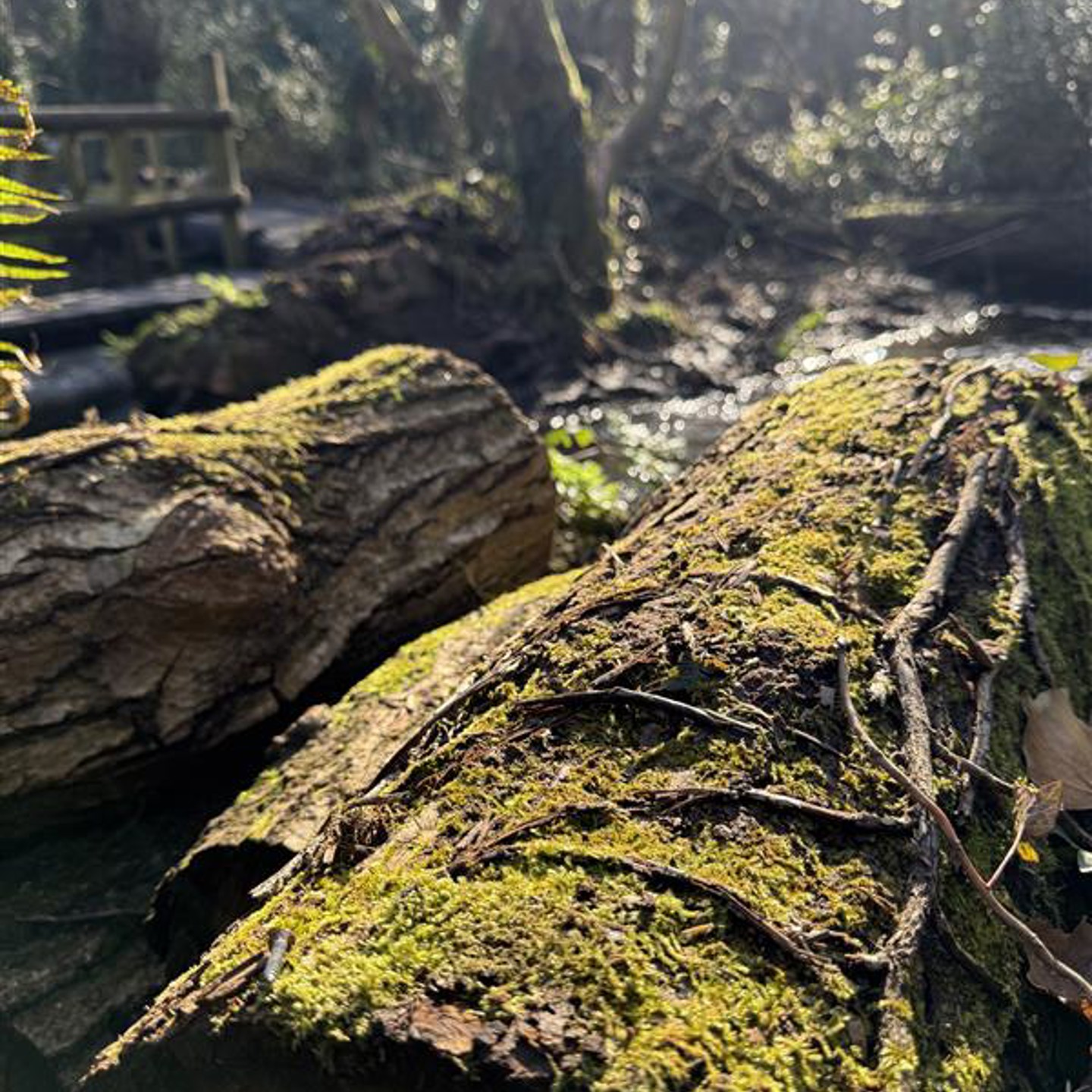Support us
The easiest way to help us protect Jersey's habitats and history is through an online donation or membership

Enjoy 10% off
The Farmhouse
We are recruiting!
We are currently looking to recruit a Content Creator and Events Coordinator to assist the Marketing & Events Manager with all our communications and events throughout the year.
If you're a proven content creator and an organised person who’s passionate about storytelling / social media and has a love for nature, heritage and conservation, we’d love to hear from you!
For more information please click through to our 'Join The Team' page.


DISCOVER - ENJOY - PROTECT
We protect, manage and preserve Jersey’s natural beauty, rich wildlife and historic places. From clifftops to coast, from landscapes to buildings. For now and for the future.
Our Vision
Since 1936, the Trust has remained steadfast in its aims to protect and enhance our natural environment, and to act as a guardian of our historic places.
Throughout its history, the organisation has evolved to meet the shifting needs of the Island’s historic and natural environment. As we head towards our centenary year, the Trust wants to ensure that the organisation is ready to meet the challenges ahead and ready to embrace the next 100 years with the launch of a new vision and strategy that is impactful, relevant and transparent.
Ways to support the Trust
From coastline preservation to hedgerow cultivation, historic buildings to cultural heritage, you can help us protect Jersey’s natural beauty, rich wildlife and historic places.

Whether you want to improve your CV, make like-minded friends, or just want to give something back to your local community, committing to volunteer with us is a memorable and rewarding experience.

Enjoying Jersey has never been easier or more rewarding. Become a member from as little as £1 a week, and start rediscovering your landscapes, historic buildings and wildlife.

From coastline preservation to hedgerow cultivation, historic buildings to cultural heritage, you can help us protect Jersey’s natural beauty, rich wildlife and historic places. For now and for the future.

Leaving a legacy - Not just for the National Trust for Jersey, but for our Island.

Become a Corporate Partner and benefit from site hires, discounts, event invitations - and of course, the knowledge you've helped look after our Island.

No Content Set
Exception:
Website.Models.ViewModels.Blocks.SiteBlocks.CookiePolicySiteBlockVm